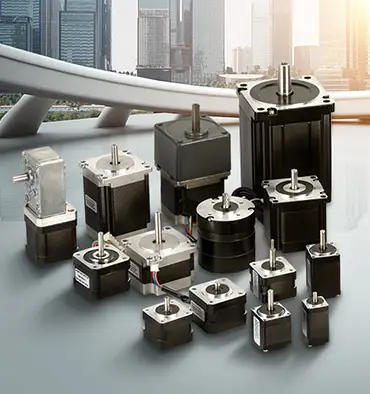How many steps are in a step motor?
Stepper motors are electric motors that convert electrical pulses into precise mechanical movements. A defining characteristic of stepper motors is the number of steps they can take in a single rotation, which is determined by the number of electromagnetic coils used in their construction.
Types of stepper motors
There are several types of stepper motors, including.
- Full stepper motors: Full stepper motors use two coils and provide 200 steps per revolution. They are typically used in applications that require low speed and high torque, such as robots.
- Half-step motors: Half-step motors use two coils and provide 400 steps per revolution. They are similar to full-step motors but offer finer control and more steps per revolution.
- Microstepping motors: Microstepping motors use multiple coils and advanced control technology to provide finer control, resulting in more steps per revolution. They are typically used in applications that require very precise control, such as printing and medical equipment.
Benefits of stepper motors
Stepper motors offer several advantages over other types of motors, including:
- Precise control: Stepper motors can be controlled in small, precise steps, making them ideal for precise position control applications.
- High torque: Stepper motors can produce high torque at low speeds, making them well-suited for applications that require high torque at low speeds, such as robotics and printing.
- High reliability: The stepper motors are robust and reliable, ideal for use in demanding environments.
Conclusion
There are several types of stepper motors, including full-stepper motors, half-stepper motors, and micro stepper motors. But the number of steps in a single revolution of each of these different types of stepper motors depends on the number of solenoid coils used in their construction, with a common stepper motor taking 200 or 400 steps per revolution.


Leave a Reply